A mysterious Jupiter-sized planet that shouldn't exist is as puffy as a marshmallow and astronomers finally think they know why
Exoplanet WASP 107b is a gas giant that's nearly as big as Jupiter, but far less massive.
Based on this discrepancy, astronomers didn't know how a planet like WASP 107b could exist.
But now, two independent teams of researchers have harnessed the power of JWST to solve the mystery.
Right in our cosmic neighborhood, about 210 light years away, is a planet beyond our solar system that defied scientific explanation for years. Its name is WASP 107b.
Now, two different teams of astronomers think they've found the solution, but it's launched a series of new questions that will require further research.
WASP 107b: The exoplanet that shouldn't exist
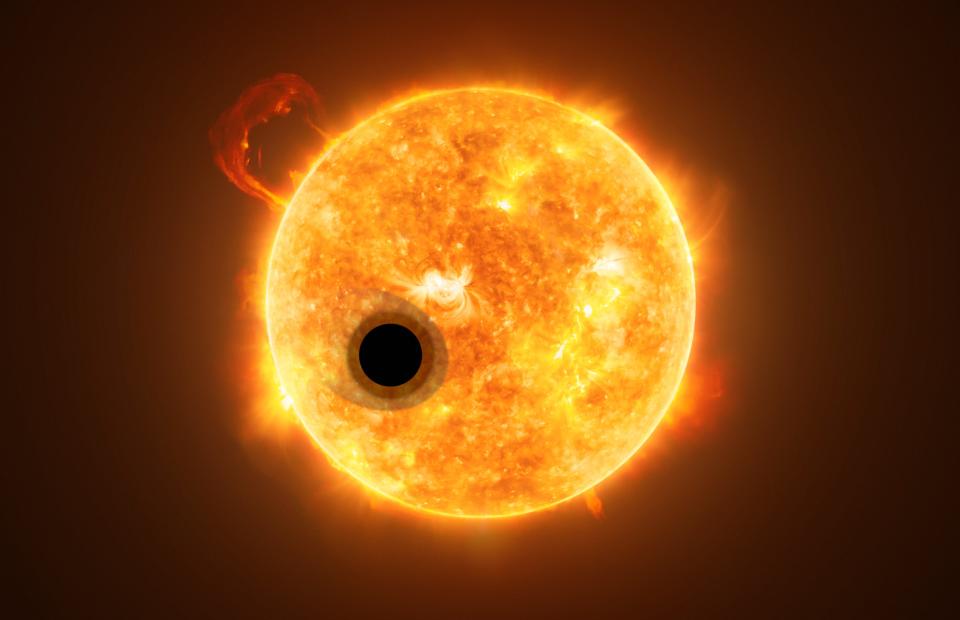
Astronomers first detected this unusual exoplanet in 2017.
Their initial observations suggested WASP 107b was about as wide as Jupiter in size, but is 10 times less massive, earning it the nickname "super-puff," like a puffy marshmallow or fluffy cotton candy.
For years, experts struggled to understand how such a planet could grow so big in diameter but remain so light in mass. As far as scientific models were concerned, the exoplanet shouldn't exist.
"People started to bend over backwards to try to figure out how to make such a planet," David Sing, a Bloomberg distinguished professor at Johns Hopkins University, told Business Insider.
Typically, planets grow wider just like humans. The more matter they consume, the wider — and more massive — they get. Therefore, if this exoplanet was as big as astronomers observed, then it shouldn't have been so low in mass.
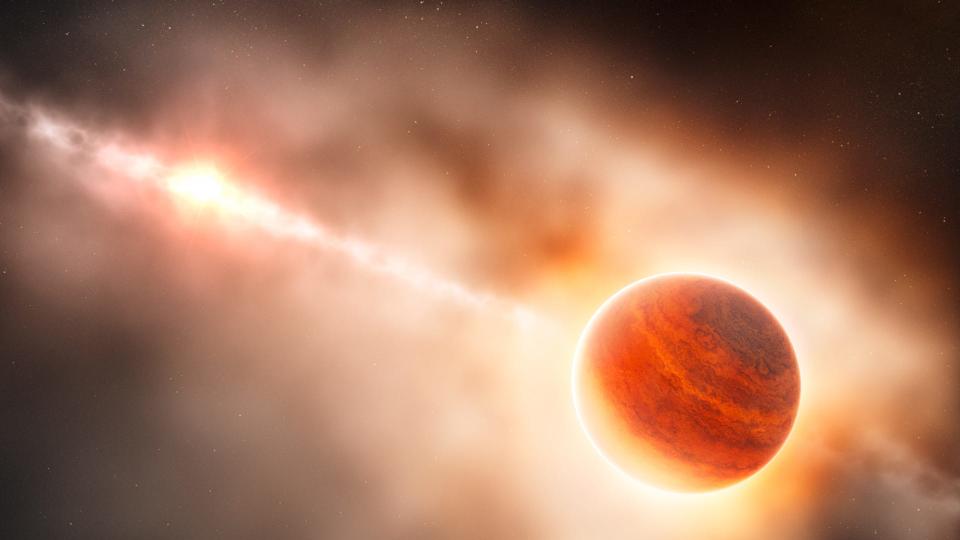
"WASP 107b is an outlier among the outliers," said Luis Welbanks, a NASA Sagan postdoctoral fellow at Arizona State University.
Now, thanks to the James Webb Space Telescope, two separate research teams — one led by Sing and another by Welbanks — think they've finally cracked the case. What's more, both teams came to remarkably similar conclusions, bolstering each other's findings.
Both teams posit the answer to this mystery was hiding in WASP 107b's core. It turns out that the center of this exoplanet is much hotter and more massive than astronomers previously thought.
But to reach that conclusion, the two teams had to do some serious space sleuthing.
Scientific models didn't align with observations

Why it took astronomers years to understand WASP 107b's mysterious origins stems from what many astronomers face: a lack of information due to technological limits.
Thanks to preliminary observations with the Hubble Space Telescope, astronomers knew some information about WASP 107b when it was discovered but not enough to answer the big question.
So, they initially turned to scientific models to fill in the gaps. One major gap was the exoplanet's core.
Scientific models suggested the core had to be relatively small and cold, Sing said.
"Which was a real mystery," he said, since gas giants, like Jupiter and WASP 107b, typically need massive cores to accumulate all that gas. These cores also tend to be hot because otherwise, a cold core would naturally drive it to contract, shrinking its size.
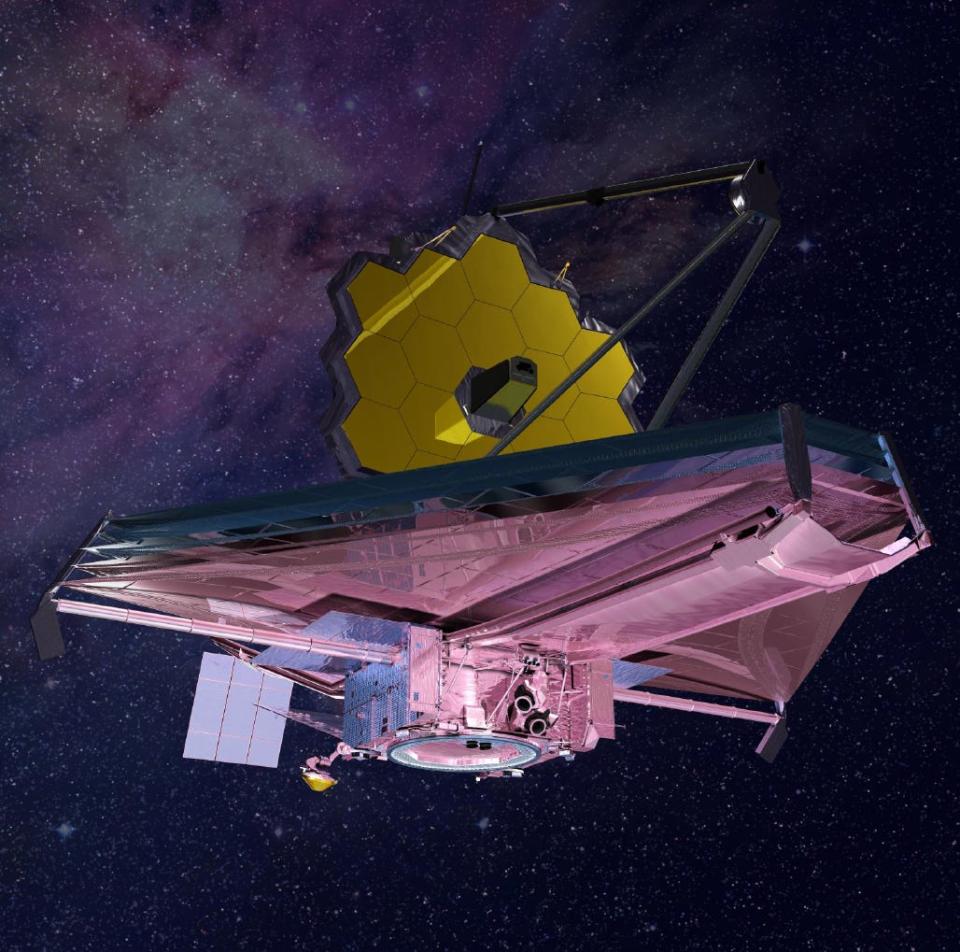
But, according to scientific models, WASP 107b's core was smaller than it should be — measuring no bigger than 4.6 Earth-masses, Sing said.
So, clearly astronomers weren't seeing the full picture.
Enter JWST: the most powerful telescope ever launched into space. With this tool, Sing and Welbanks discovered that previous assumptions about WASP 107b's interior were all wrong.
Probing beneath the surface
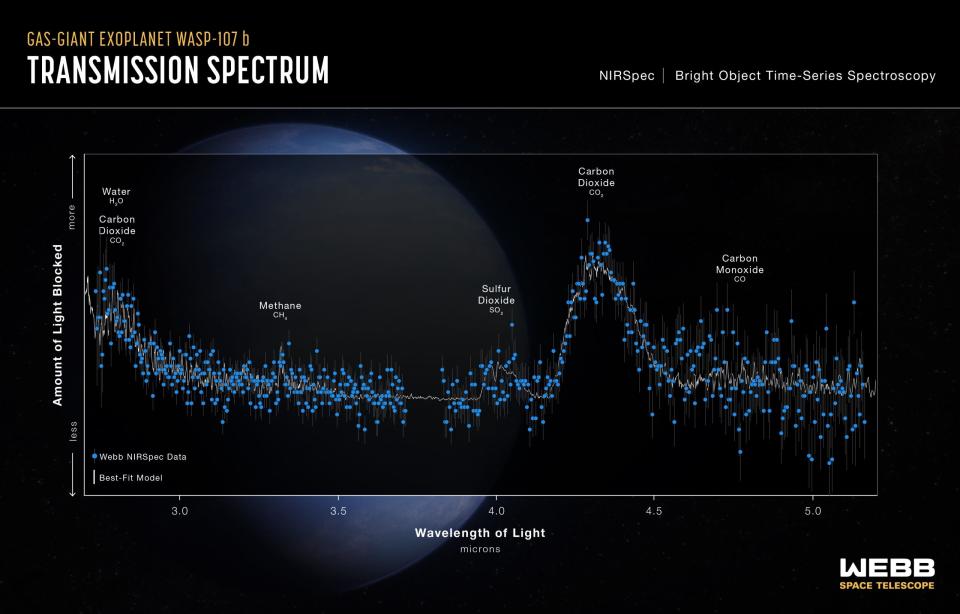
To solve the mystery of WASP 107b, Welbanks's and Sing's teams analyzed the exoplanet's atmospheric composition with JWST.
Each team identified some of the usual suspects like carbon dioxide, sulfur dioxide, and water vapor. But they were surprised to find an unusually low amount of methane.
Methane is unstable at high temperatures. But WASP 107b's surface temperature was cold enough that it should have had more methane than what JWST observed.
The most plausible answer to this methane mystery was that hot gas from deeper within the exoplanet was vigorously mixing with the colder gas near the surface, Welbanks and Sing concluded.
"With these new measurements, we're actually able to use methane as basically a thermometer into the interior, and we find it's much hotter than we expect," Sing said.
The two teams both published their separate studies in the peer-reviewed journal Nature.
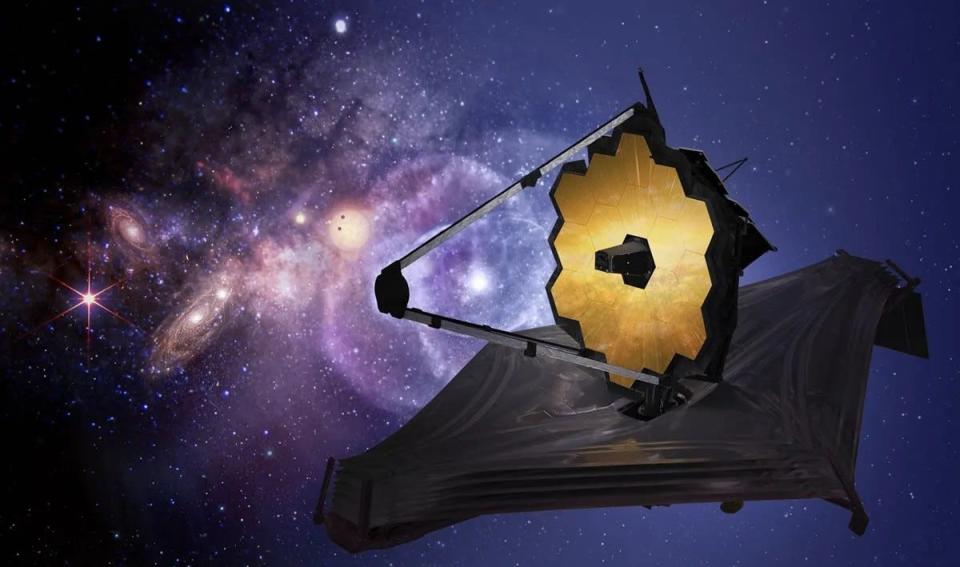
The fact that JWST's observations suggested the core was hotter also meant it was likely much larger, which would explain WASP 107b's big diameter. Indeed, both Sing and Welbanks concluded that the core is much more massive than the original estimates.
However, Welbanks and Sing's measurements of the core mass differ. While this discrepancy warrants further investigation, both studies are basically telling the same story, said Scott Gaudi, professor of astronomy at Ohio State University.
"The fact that this thing is puffy is largely due to a high internal temperature," said Gaudi, who wasn't involved with the research but is a former colleague with a co-author on Welbanks's paper.
Collaboration is key
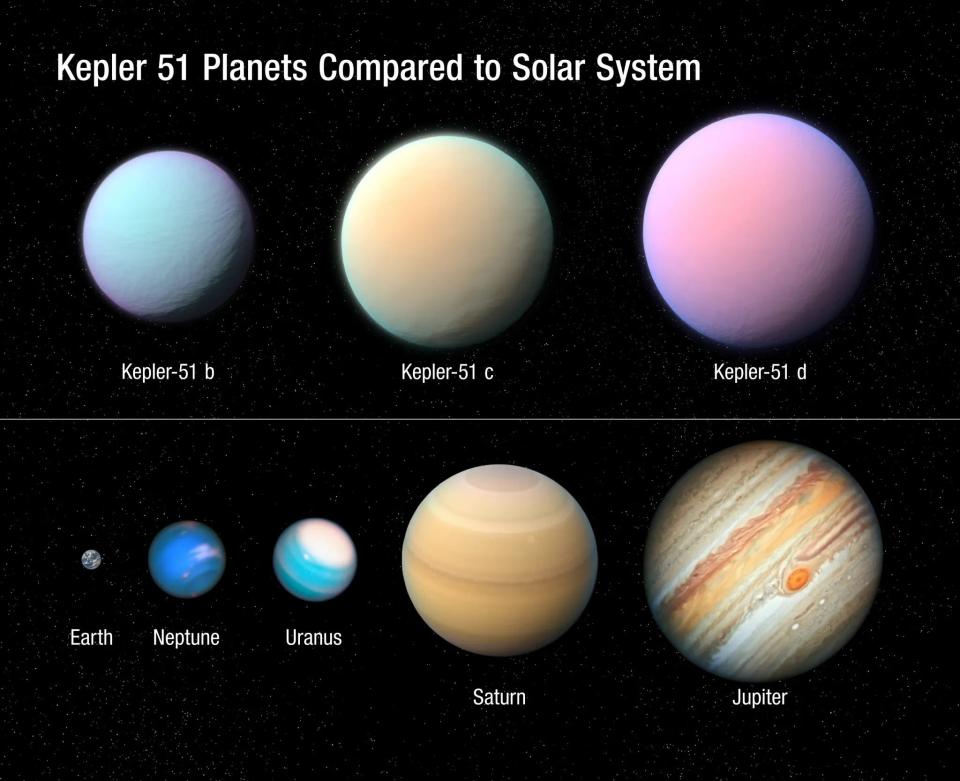
This clarified picture of WASP 107b's interior doesn't mean astronomers are done asking questions about this strange super puff. One remaining question is how this exoplanet's core got to be so hot, in the first place.
"Exactly what's causing that high internal temperature is not clear," Gaudi said. But Welbanks and Sing have a theory — one that Gaudi thinks could be right.
WASP 107b's orbit around its host star is "eccentric," meaning it isn't perfectly circular. That eccentric orbit intermittently squeezes the planet, and "just like playing with silly putty in your hands and moving it around, it gets warm," Welbanks explained.
That heat-generating squeezing is called tidal heating. Gaudi thinks it's a solid explanation for why WASP 107b's core is so much hotter than expected.
But Gaudi still has some questions about the mechanisms behind this tidal heating.
For instance, in order for WASP 107b's eccentric orbit to heat its core this much, the core would have to dissipate tidal heating very efficiently, Gaudi said.
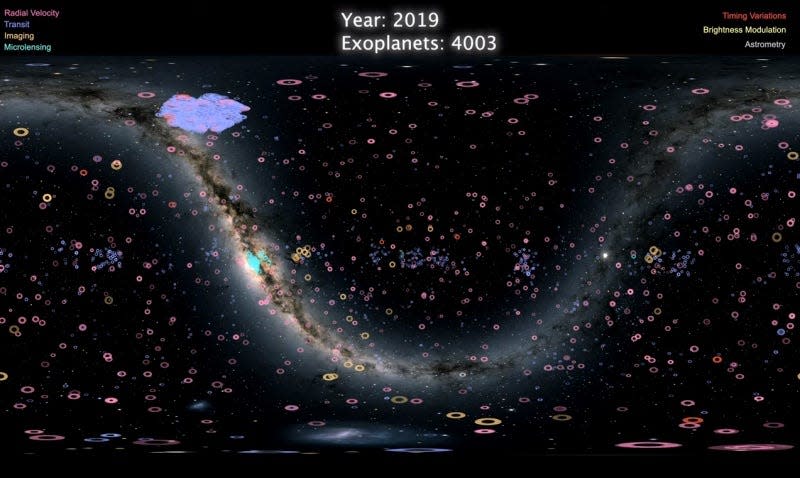
That means that each time the exoplanet gets "squeezed" while circling its star, a lot of energy gets deposited into the core. According to Gaudi, that also means that the exoplanet's orbit shouldn't stay eccentric for very long — eventually, it should become perfectly circular.
So, why is WASP 107b's orbit still eccentric? Have Sing and Welbanks simply caught it at the right time, or is there something else sustaining the exoplanet's wonky orbit, like the pull of a neighboring planet?
Welbanks and Sing plan to explore WASP 107b's eccentric orbit, tidal heating, and other remaining questions in the future.
But for Sing, Welbanks, and Gaudi, the most important lesson to be learned from this work is that collaboration yields success.
"In the era of science where a lot of things are not reproducible, having two teams come up with the same thing right away was very reassuring," Sing said.
"Science is done in a greater, better fashion when you work together," Welbanks said.
Read the original article on Business Insider


